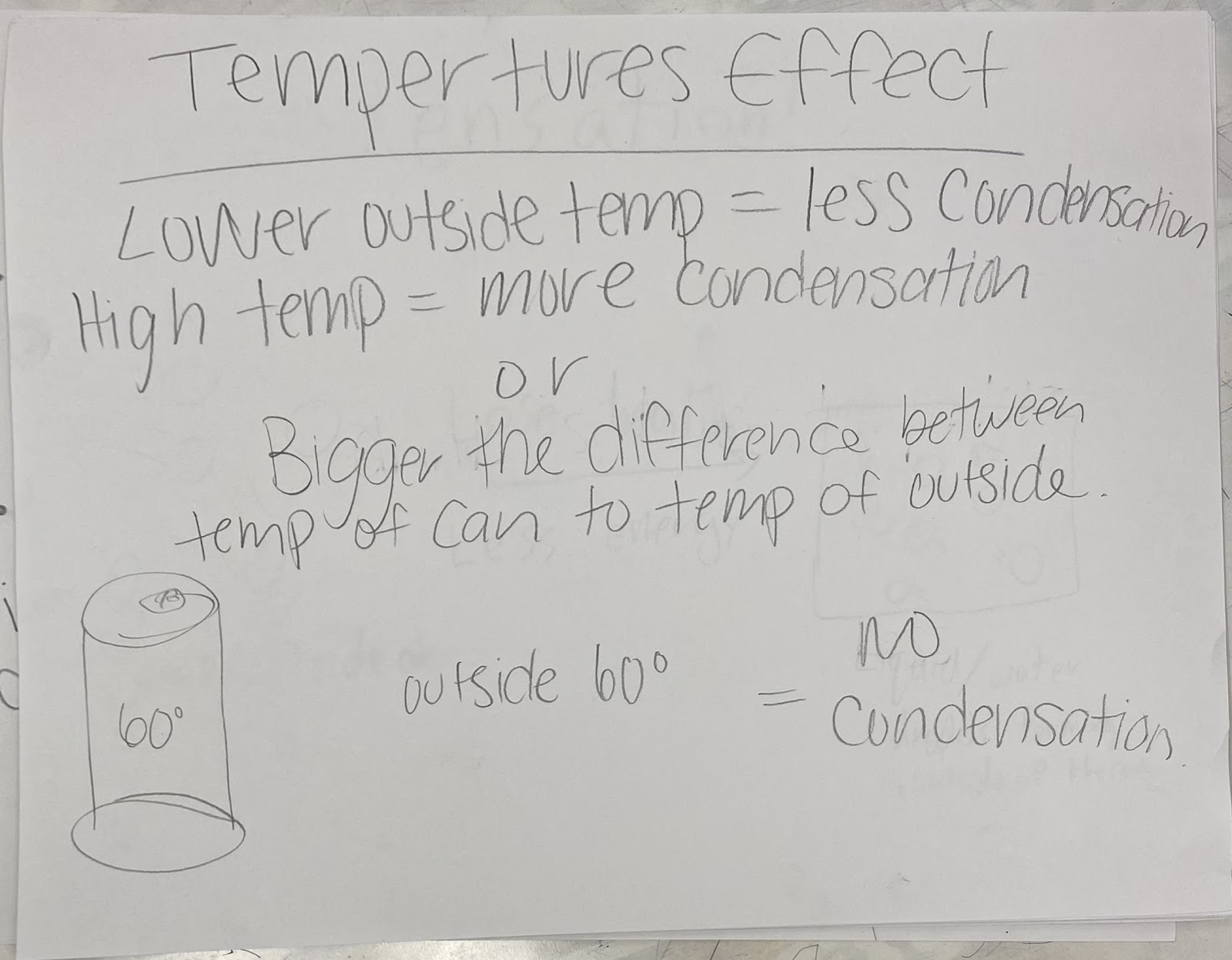Week 15: Baking Soda and Vinegar

What did you learn this week? This week, I learned that when you burn something, a lot of the mass is turned from solid to gas in the form of smoke. My group burned a couple of paper towels and matches and almost all of the mass was turned into smoke. I also learned that carbon dioxide is denser than the air we breathe, so when we mix baking soda and vinegar the carbon dioxide this chemical reaction makes stays in the container. Carbon dioxide is also not flammable, so it can be used to put out a flame. Are you able to relate what you learned to what you already know? Yes, I already knew that mixing baking soda is a chemical reaction and that it creates gas. I didn't know that the gas it creates is carbon dioxide. I already knew that the mass of an uncontained fire decreases, but I didn't know the mass changed as much as it does, which was pretty cool to see. I also already knew that chest freezers, like the ones at Trader Joes, hold the cold air better, but I didn't kno...


